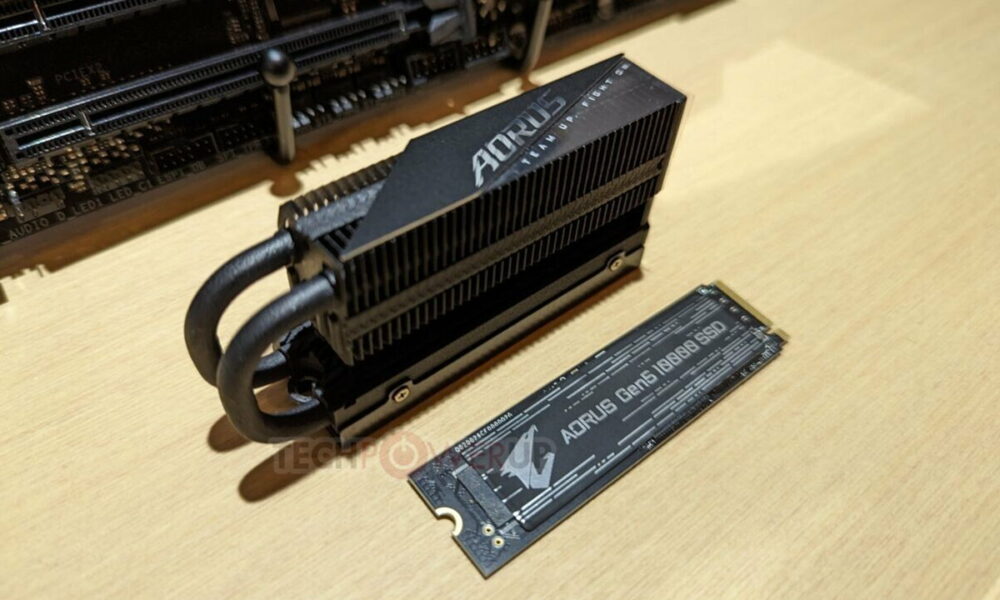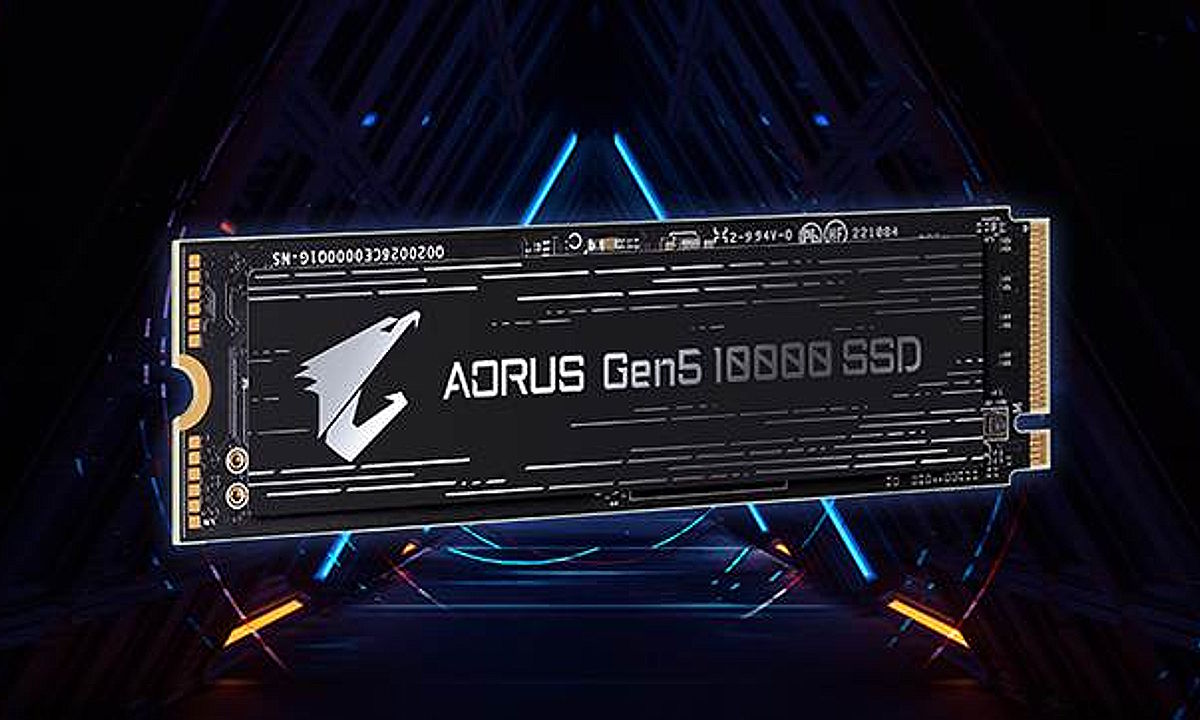GIGABYTE shows off its Gen5 SSD with a large cooler
- January 9, 2023
- 0
We are waiting for next generation SSDs connected to PCIe 5.0 interface to hit the market and some of them were on display at CES 2023. One of
We are waiting for next generation SSDs connected to PCIe 5.0 interface to hit the market and some of them were on display at CES 2023. One of

We are waiting for next generation SSDs connected to PCIe 5.0 interface to hit the market and some of them were on display at CES 2023. One of them was GIGABYTE AORUS Gen5, the first from a manufacturer with this interface.
The unit uses the format M.2-2280 which is becoming the main and almost the only format for internal storage in computers once others like SATA have been phased out.
Employ 3D TLC NAND flash memory (the manufacturer is unknown) and LPDDR4 cache, the amount of which was also not specified. Its controller, the key part of the SSD, is a Phison E26 with support for the latest version of the NVMe protocol and with the proprietary CoXProcessor as the SSD architecture, which promises to improve performance, energy efficiency, AI-enabled storage and latency.
GIGABYTE AORUS Gen5 promises data transfer speeds of up to 12 GB/s when reading sequentially and 10 gigabytes per second when writing sequentially. Huge performance despite the PCIe Gen 5 interface can still provide higher performance. It will be offered on the market with storage capacities of 1, 2 and 4 Tbytes.

All in all, the most striking aspect of this unit is the massive cooling system. It should be recalled that the M.2 format offers great advantages due to its enormous performance when directly connected to PCI-Express, as well as its compact size, which allows installation on desktop computers and laptops. This level of performance and very small size causes a increase in operating temperature to be checked.
High-end motherboards offer their own coolers, and most SSD manufacturers offer their own. The one we see here is the AORUS Xtreme Thermal Guard cooler that GIGABYTE already used to protect chipsets. It’s a massive size for an SSD, with twin aluminum fins held together by a pair of heat pipes.
It shouldn’t take too long for manufacturers to release these new Gen5 SSDs, which you’ll need to plug into motherboards for the latest Intel and AMD processors to take advantage of their maximum performance. Of course, Gen 3 and Gen 4 are still heavily used, and we gave you valuable features and best deals in our latest guide.
Source: Muy Computer
Alice Smith is a seasoned journalist and writer for Div Bracket. She has a keen sense of what’s important and is always on top of the latest trends. Alice provides in-depth coverage of the most talked-about news stories, delivering insightful and thought-provoking articles that keep her readers informed and engaged.